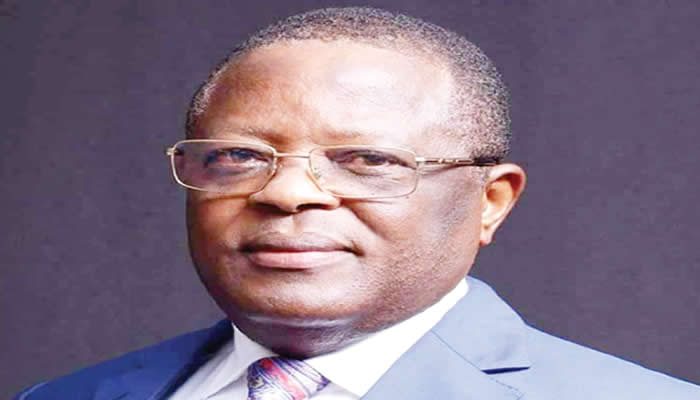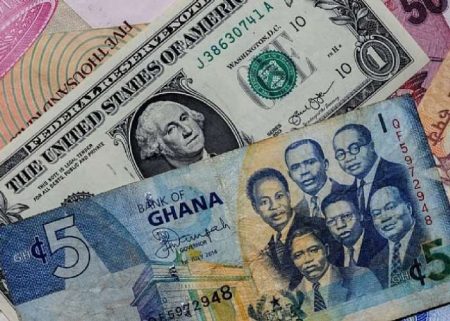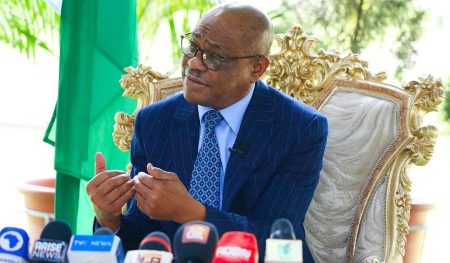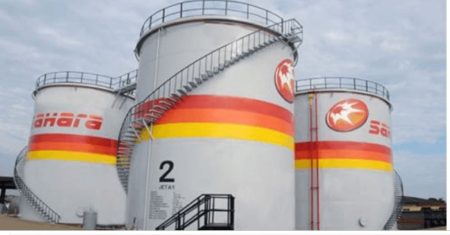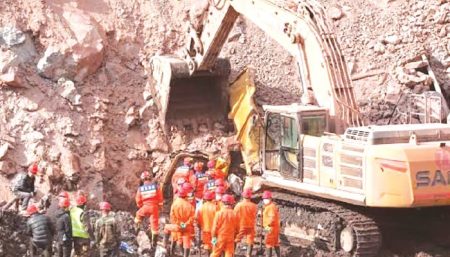Nigeria’s Infrastructure Deficit: A Persistent Challenge
Nigeria, Africa’s most populous nation and a significant economic player, grapples with a substantial infrastructure deficit that hinders its growth trajectory. Despite abundant natural resources, the country’s progress is hampered by inadequate road networks, unreliable power supply, and limited access to essential services. This deficit creates a vicious cycle, suppressing economic growth, job creation, and poverty reduction efforts. Estimates suggest an annual infrastructure funding shortfall exceeding $100 billion, with a staggering $3 trillion required over the next 30 years to effectively address the gap. While the previous administration made commendable progress in railway revitalization, power sector investments, and completing landmark projects like the Second Niger Bridge, the overall infrastructure deficit continued to widen, highlighting the urgent need for persistent and substantial investment. The current state of Nigeria’s infrastructure paints a stark picture: over half of its 195,000km road network is in disrepair, rural areas are particularly underserved, and the existing infrastructure stock represents only 30% of GDP, significantly below the World Bank’s recommended 70%.
President Tinubu’s Ambitious Infrastructure Agenda
Recognizing the critical role of infrastructure in national development, President Bola Tinubu has prioritized closing Nigeria’s infrastructure gap since assuming office. He has launched a series of ambitious projects, including the 700km Lagos-Calabar Coastal Highway and the 1,000km Sokoto-Badagry Superhighway. These initiatives, alongside infrastructural renewal in the Federal Capital Territory and targeted investments in healthcare and the digital economy, are aimed at steering Nigeria towards a path of sustainable development. The President’s vision is underscored by a comprehensive plan to upgrade the nation’s infrastructure across various sectors, including roads, railways, airports, and energy. In his first year, approximately N6 trillion was approved for infrastructure upgrades across all geopolitical zones, demonstrating a significant commitment to addressing the long-standing deficit. This commitment also includes revitalizing ongoing projects and initiating new ones, reflecting a multi-pronged approach to infrastructure development.
Assessment of Nigeria’s Infrastructure Landscape
Independent assessments of Nigeria’s infrastructure underscore the challenges faced by the country. The 2024 Infrastructure Industry Report by Agusto&Co projects the infrastructure deficit to balloon to $878 billion by 2040, if current trends persist. The report highlights that Nigeria lags behind 23 other African countries on the African Development Bank’s Infrastructure Development Index. It also points to the underdevelopment of the railway network, hampered by vandalism and funding gaps, contributing less than one percent to the transportation industry’s GDP in 2023. Similarly, the IMD World Competitiveness Ranking 2024 places Nigeria 64th out of 67 countries in terms of infrastructure, with significant weaknesses identified in electricity supply, road networks, rail connectivity, broadband penetration, and healthcare and education infrastructure. These assessments highlight the urgency and magnitude of the challenge, and the need for a sustained and multifaceted approach to infrastructure development.
Tangible Progress and Ongoing Initiatives
Despite the challenges, the Tinubu administration has made tangible progress in infrastructure development. Completed road projects across the country demonstrate a commitment to improving connectivity and facilitating economic activity. Significant advancements have also been made in railway development, including the completion of the Port Harcourt–Aba section of the Eastern narrow-gauge railway and reaffirmed commitment to the high-speed rail line connecting Ibadan to Abuja, Kaduna, and Kano. Further bolstering this commitment is the allocation of substantial funds in the 2025 budget for light rail projects in several states and for completing ongoing railway projects. The government has also pursued partnerships, such as the MoU with MPH Rail Development (UK) Ltd for the Port Harcourt–Enugu–Calabar–Abuja standard gauge railway line, and secured funding for the Kano–Kano-Katsina-Maradi railway project, showcasing a diverse approach to funding and implementation.
Beyond Traditional Infrastructure: Healthcare, Digital Economy, and Housing
The Tinubu administration’s infrastructure push extends beyond traditional areas like roads and railways. Significant investments are being made in healthcare, with the establishment of oncology and diagnostic centers across the country and upgrades to teaching hospitals. This reflects a broader understanding of infrastructure’s role in encompassing essential services that contribute to human capital development. Similarly, investments in the digital economy, including expanding broadband infrastructure, providing internet access to underserved communities, and promoting youth innovation, highlight the government’s focus on leveraging technology for economic growth. The government’s commitment to addressing the housing deficit through the Renewed Hope Cities and Estates program further demonstrates a holistic approach to infrastructure development, encompassing the basic needs of the population.
Navigating the Funding Landscape: A Multifaceted Approach
Funding remains a significant hurdle in Nigeria’s infrastructure development journey. While increased capital expenditure is evident in recent budgets, it falls short of the World Bank’s recommendations. The country’s debt servicing burden further constrains the fiscal space available for capital projects. To overcome these challenges, the government is actively pursuing various strategies. Promoting Public-Private Partnerships (PPPs) is a key element, aiming to leverage private sector expertise and capital. Concessioning major projects in roads, power, and energy is another avenue being explored to reduce dependence on direct borrowing and ensure sustainable funding. The government has also emphasized that loan commitments are tied to revenue-generating infrastructure projects, with expectations that operational proceeds will be used to repay associated debts. This approach, coupled with attracting new private sector investors through initiatives like the Highway Development and Management Initiative, signals a shift towards self-financing infrastructure and a reduction in reliance on direct public expenditure. The success of these initiatives will be crucial in determining whether Nigeria can meet its ambitious infrastructure development targets and unlock its full economic potential.





